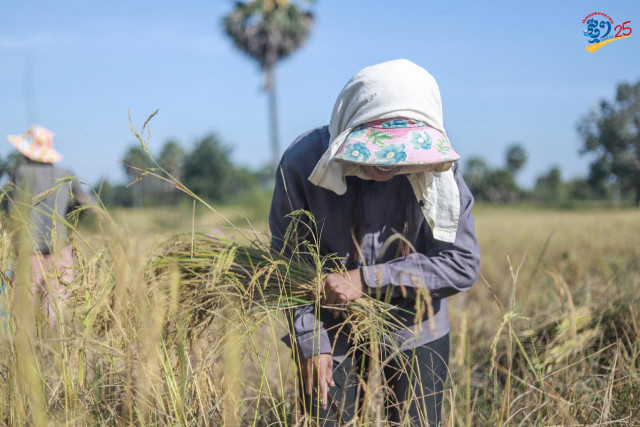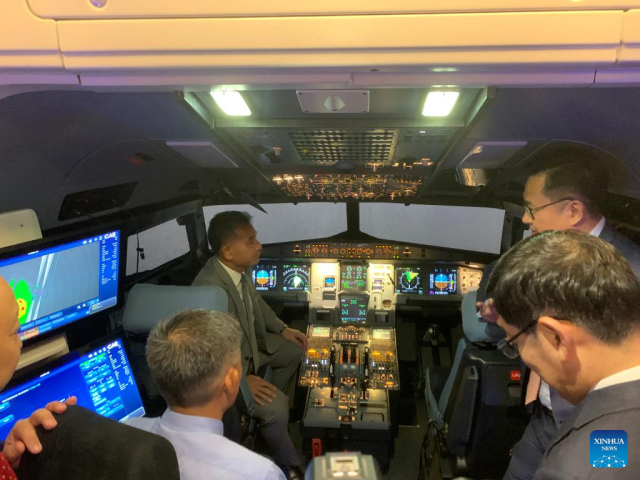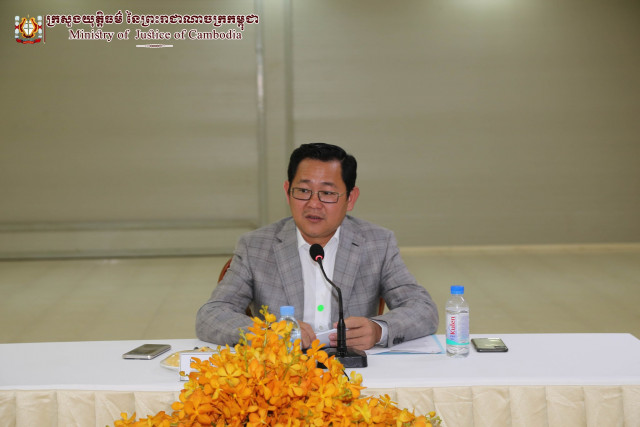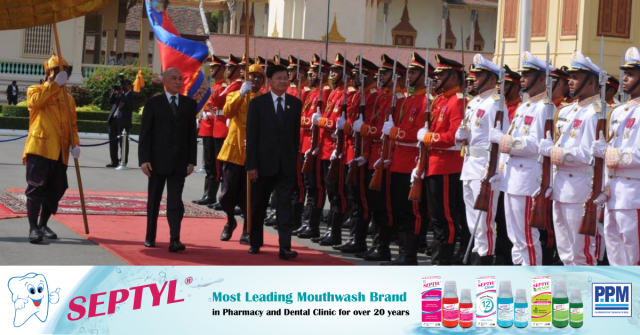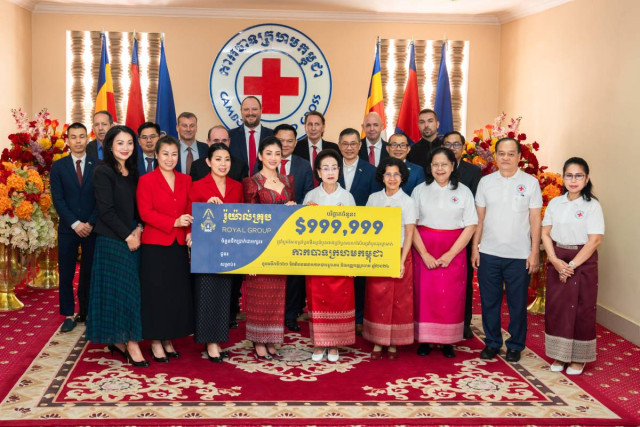Hun Sen Asserts Techo Funan Canal Will Not Be Used by Chinese Military
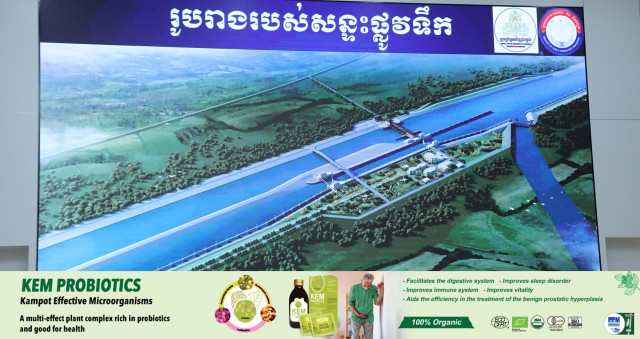
- By Teng Yalirozy
- April 9, 2024 8:00 PM
PHNOM PENH – Cambodia has denied allegations that the 180-kilometer-long Funan Techo Canal project, which will connect the Mekong River to the sea, will be a gateway to facilitate the access of the Chinese navy to the Vietnamese border. Such claims were made in a Vietnamese report, cited by the Singaporean media outlet The Straits Times.
“Cambodia needs Chinese troops for what?” former prime minister Hun Sen, now head of the Senate, said on April 9 in a publication he posted on several social media platforms.
“Why would Cambodia bring Chinese troops into its country, which violates the constitution? And why would China bring its troops to Cambodia, which is contrary to the principle of respect for Cambodia's independence?” he added.
The project to dig the Funan Techo Canal was agreed upon in October and will take four years to complete. The canal will cost $1.7 billion which will be covered by the State-Company China Bridge and Road Corporation (CRBC) under a build-operate-transfer (BOT) scheme.
It is the first logistics project that connects the Mekong River to the sea, aiming to expand the country’s shipping capacities.
On April 6, the Singaporean newspaper The Straits Times reported that the canal had irritated Vietnam, which sees in it a gateway the Chinese military could use to get closer to the country’s inland border.
“The locks on the Funan Techo Canal can create the necessary water depths for military vessels to enter from the Gulf of Thailand, or from Ream Naval Base, and travel deep into Cambodia and approach the (Cambodia-Vietnam) border,” the Straits Times wrote, citing a study conducted by two Vietnamese researchers and posted on March 18 on the website of the People’s Public Security Political Academy.
Senate President Hun Sen said Cambodia and Vietnam are good neighbors and have good cooperation in all fields, adding that China and Vietnam also have good relations and are comprehensive strategic partners.
“The Techo Funan Canal purely serves socio-economic benefit as it provides more waterways to southwestern Cambodia in addition to the existing transport routes along the Mekong River,” he said. “This vital infrastructure facilitates agricultural activities by providing water for crop cultivation, is good for water management during the rainy season, and increases freshwater fish production, among other benefits.”
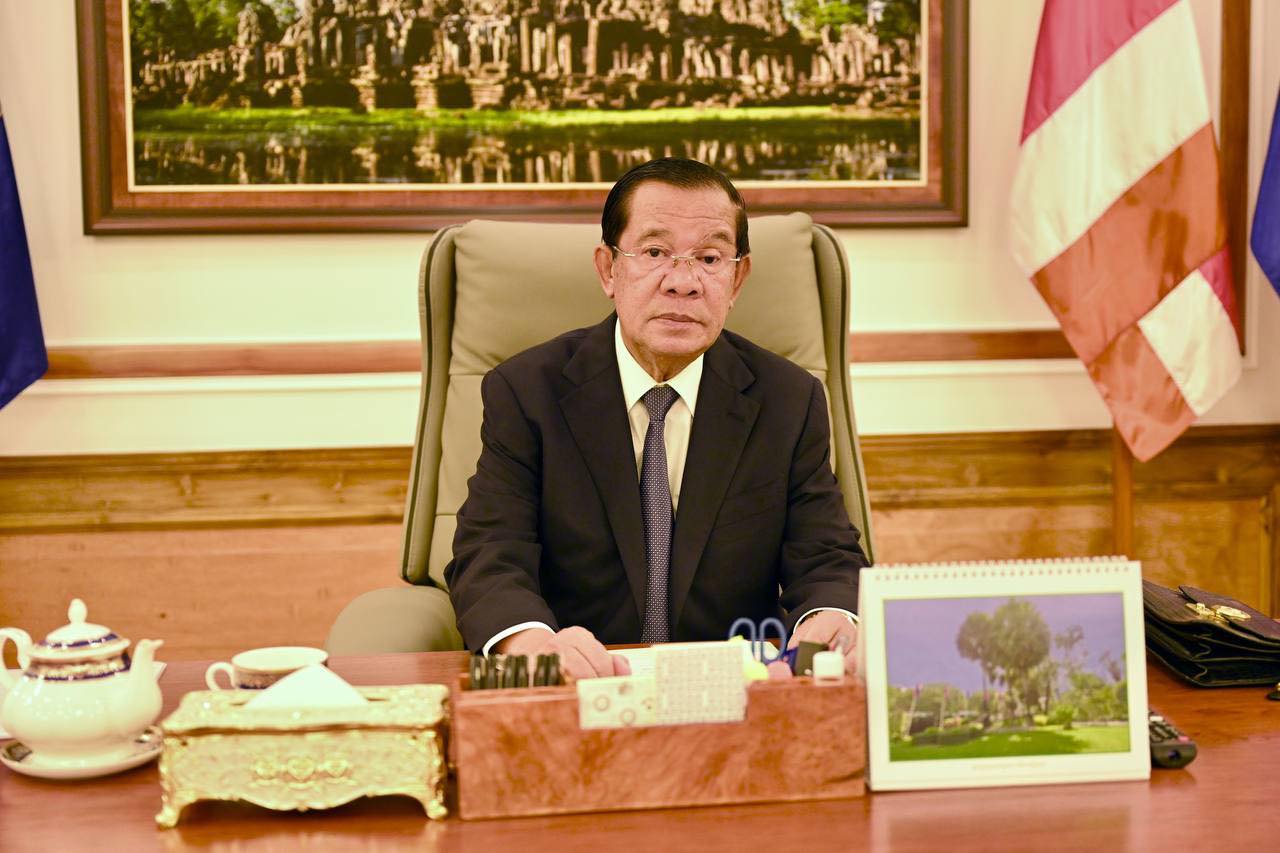
However, the researchers said that “the Funan Techo canal is not simply a socio-economic development project but also has great military value and has a strong impact on the defense and security situation of the entire region.”
Hun Sen cleared the allegation, citing Article 53 of the Constitution, which prohibits Cambodia from having foreign military bases on its territory.
The article states that “the Kingdom of Cambodia shall not join in any military alliance or military pact which is incompatible with its policy of neutrality.
“The Kingdom of Cambodia shall not permit any foreign military base on its territory and shall not have its own military base abroad, except within the framework of a United Nations request.”
However, Cambodia reserves the right to receive foreign assistance in military equipment, armaments, ammunitions, in training of its armed forces, and other assistance for self-defense and to maintain public order and security within its territory.
Hun Sen also cited the 55th article of the Constitution, which states that “any treaty and agreement incompatible with the independence, sovereignty, territorial integrity, neutrality and national unity of the Kingdom of Cambodia shall be annulled.”
“This makes it clear that no agreement can be implemented if it is not in line with Cambodia's independence and sovereignty, as the Constitution has already been repealed,” he said.
Last year, Vietnam also expressed concerns over the potential environmental impact of the project on the flow of water in the Mekong Delta, despite the fact Prime Minister Hun Manet had tried to subdue worries, asserting that the canal would not cause water disruption and environmental hazards to Vietnam.
He said the canal would divert the water from the Bassac River, a tributary, and not from the Mekong River.
The canal will connect three already existing canals – the Takeo Canal of the Mekong River, the Ta Ek Canal of the Bassac River and the Ta Hing Canal in Koh Thom district – before reaching the sea in Kep province. The canal will pass through Kandal, Takeo, Kampot and Kep provinces.
The canal will be 5.4 meters deep (4.7 meters for docking depth and 0.7 meters for a safety gap) and have two lanes for entrance and exit. There will be water gates in Kandal, Takeo and Kep provinces, as well as 11 bridges and a 208-kilometer road on both sides of the waterway.
The waterway will reduce the distances for transportation by more than 69 kilometers from the Phnom Penh Autonomous Port to the Sihanoukville Autonomous Port through Vietnam’s Cai Mep Port, and 135 kilometers from the Phnom Penh Autonomous Port to the Kampot International Port.
Brian Eyler, the program director of the Stimson Center Southeast Asia, told Nikkei Asia that maps submitted to the Mekong River Commission (MRC), a transboundary regulatory body, suggest that the canal directly impacts the Mekong mainstream, with a far greater impact than claimed by Cambodia.
Hun Sen refuted that this canal will affect the water flow of the Mekong River as it does not connect from the Mekong River but from the Bassac River.
“On the other hand, we have a sluice gate to prevent fresh water from falling into the sea,” he said. “We are implementing the 1995 Mekong Agreement. Please ask the MRC, because we have already informed the MRC about this agreement.”
However, Nikkei Asia reported that the MRC “has requested and been awaiting more information from Cambodia.”






